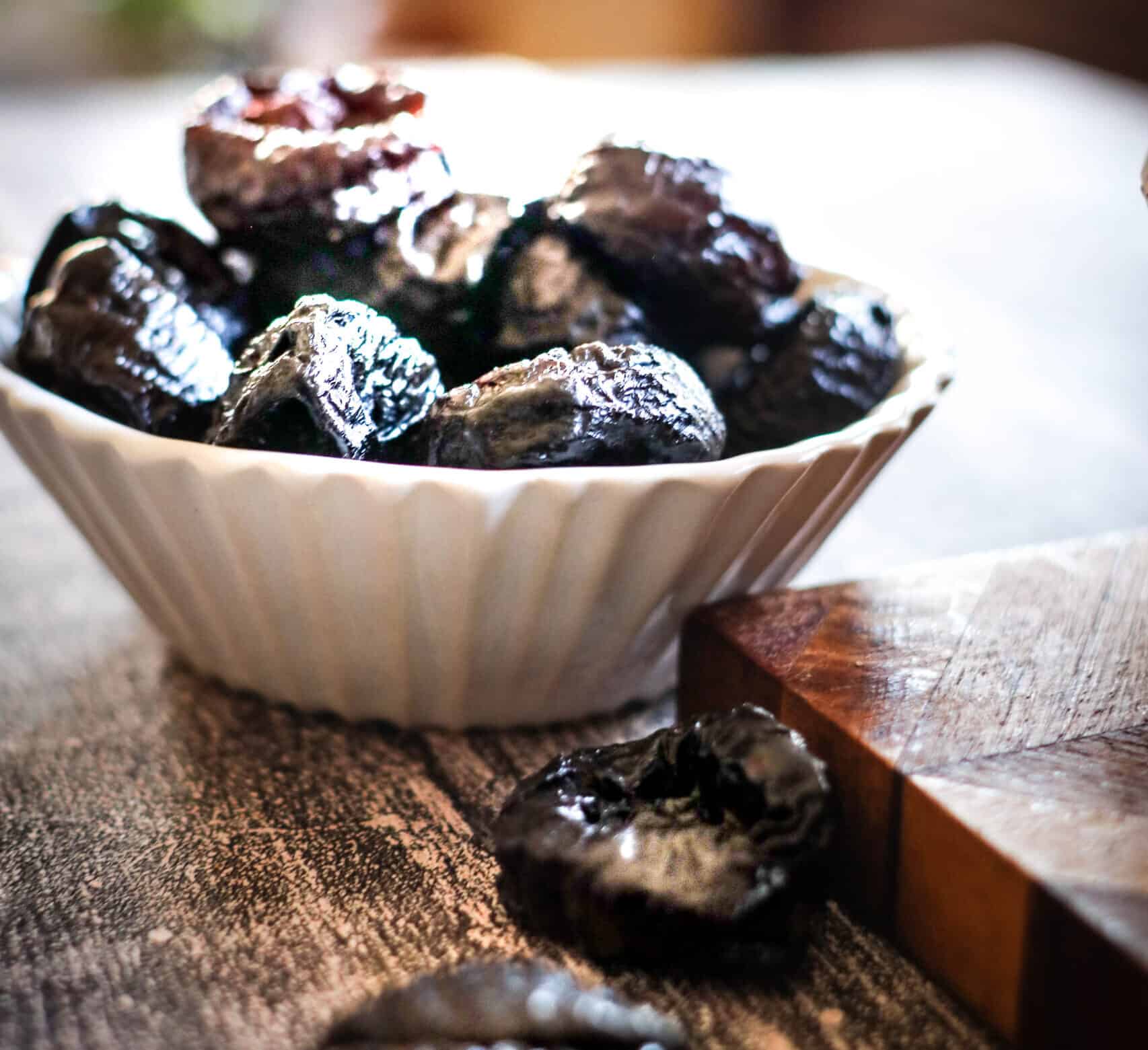
Everything You Need to Know About Dried Prunes
Prunes are a beloved fruit in many parts of the world. But maybe you’re still wondering exactly what prunes are and why some people love them so much. Prunes are simply dried plums, offering essential nutrients, health benefits, and culinary applications. Dried prunes (AKA dried plums) are widely available at grocery stores worldwide, usually located in the aisle with other dried fruits. Here’s a breakdown of everything you need to know about prunes.
Not every plum can become a prune, but every prune is a dried plum
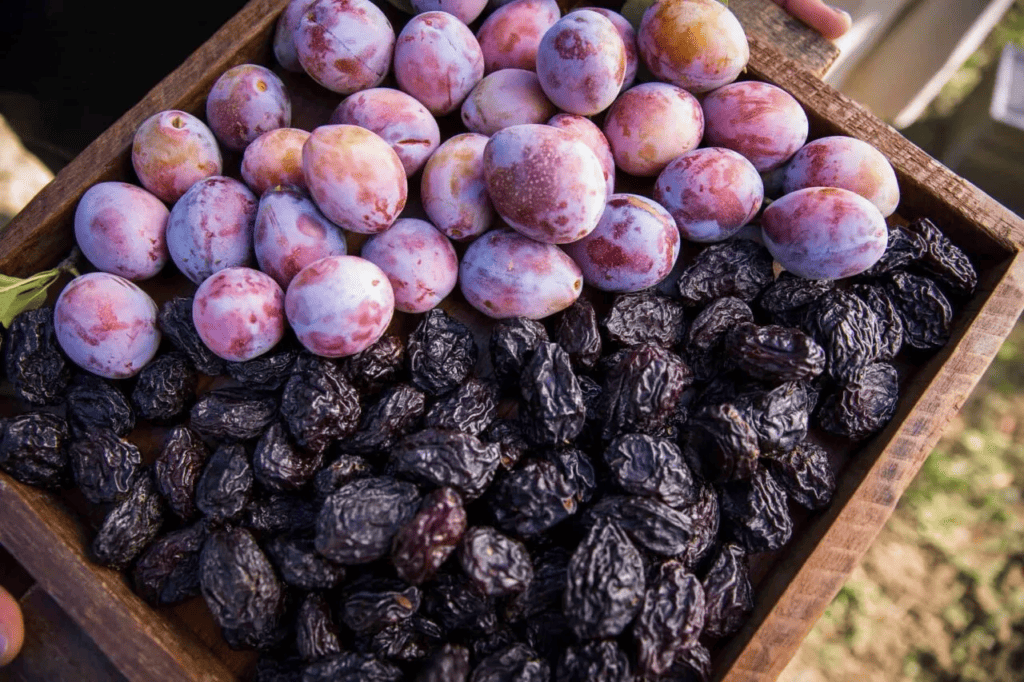
Prunes are made from a specific type of plum – one widely grown and harvested in California. In fact, California is the world’s largest grower of prunes with more than 40,000 acres of plum orchards concentrated in the Sacramento and San Joaquin Valleys. Prunes are made from a specific cultivar of plums known as the “French” or “d’Agen” plum (Prunus domestica), which is well-suited for drying due to its higher sugar content and relatively large size. California Prunes are popular for their sweet and rich flavor, along with their chewy texture.
How d’Agen Plums become prunes
After harvest, plums are thoroughly washed and set out on large wooden trays. The fruit is then dehydrated using advanced technology that both maximizes efficiency and protects product quality. California is known for being the center of innovation, and agricultural innovation is no exception. The intricate system used for drying fruit was developed and perfected by California Prune growers themselves.
The prunes rest in climate-controlled tunnels until they are precisely dehydrated, then they are inspected and sorted. Unlike the majority of processed fruits, most California Prunes are packed to order. At that point, they are rehydrated, sterilized, inspected one last time, and packaged for shipping.
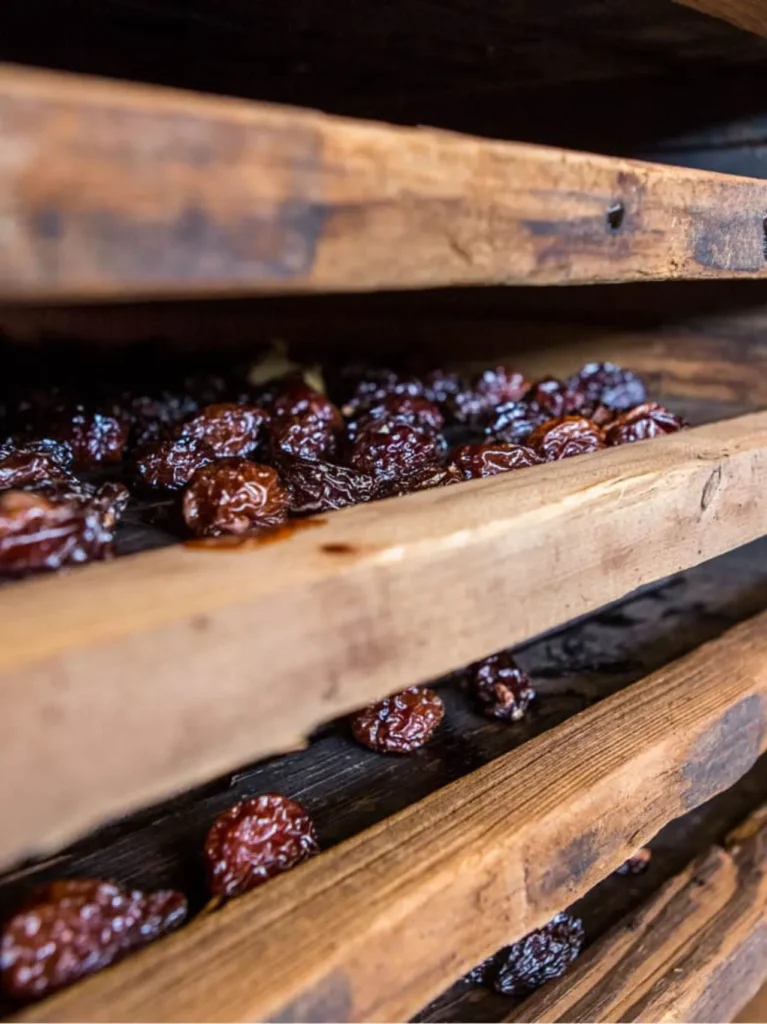
What is the nutritional composition of prunes?
Dried prunes are a dense source of essential nutrients, making them a valuable addition to a balanced diet. They are a good source of dietary fiber, including soluble fiber, which is associated with lowering blood cholesterol, better blood sugar control, and maintaining a healthy gut. In addition, prunes are a concentrated source of vitamins and minerals, including vitamin K, copper, potassium, and magnesium. Vitamin K is essential for proper blood clotting and bone health, while potassium and magnesium contribute to heart health and help regulate blood pressure.
What are the health benefits of prunes?
Beyond their delicious taste, prunes offer an array of health benefits. Good fiber content supports regular bowel movements and may prevent constipation, making prunes a natural remedy for digestive discomfort. The soluble fiber in prunes also aids in maintaining stable blood sugar levels, which can be particularly beneficial for individuals with diabetes. The phenolic compounds present in prunes act as antioxidants, helping to combat oxidative stress and may reduce the risk factors of certain chronic diseases.
Prunes may also be cardioprotective. In a recent study, consuming 5-6 prunes daily for 6 months resulted in improved cardiovascular disease risk biomarkers including raising the body’s “good” cholesterol, known as HDL cholesterol, and lowering the ratio of total cholesterol to HDL cholesterol.
Additionally, research suggests that regular consumption of prunes may contribute to bone health. Prunes’ unique combination of nutrients including vitamin K, potassium, and boron, appears to have a positive impact on bone density and strength, making prunes not only a tasty treat but also a potential ally in the fight against bone loss.

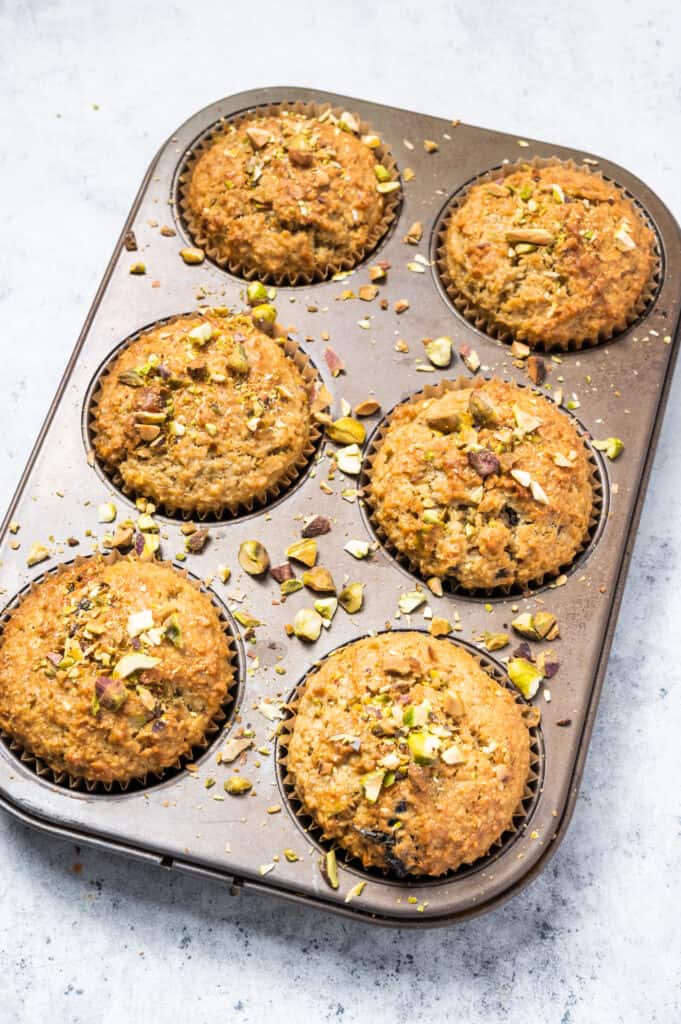

How to Use Prunes in Recipes:
Prunes also offer versatility in culinary applications – a testament to their universal appeal. Enjoy them on their own as a convenient and satisfying snack, or they can be an ingredient in many different kinds of dishes, both sweet and savory. In baked goods, prunes lend natural sweetness and moistness to muffins, bread, and cakes. They can be stewed or poached to create compotes and jams that are a perfect addition to a cheese board.
In the world of savory cooking, cooks use prunes to enhance the flavor profile of meats and poultry. Their natural sugars caramelize during cooking, creating the ideal balance in all kinds of dishes. Moroccan cuisine, for instance, often includes a combination of prunes and meats in tagines, a traditional slow-cooked stew.
Frequently Asked Questions about Prunes:
How many prunes should I eat for a bowel movement?
The effectiveness of prunes in promoting bowel movements can vary from person to person due to factors such as individual digestion, diet, and overall health. Prunes are often recommended as a natural remedy for constipation due to their fiber and sorbitol content, which can help soften stools and stimulate bowel movements. As a general guideline, a serving of prunes each day may positively impact regularity for many individuals.
Do prunes really help with constipation?
Yes, prunes are often regarded as a natural remedy to help alleviate constipation. They contain many compounds and nutrients that can aid in promoting regular bowel movements and gut health and relieving digestive discomfort. Here’s how prunes can help with constipation:
- Fiber Content: Prunes are a good source of dietary fiber, both soluble and insoluble. Fiber adds bulk to stools, making them softer and easier to pass.
- Sorbitol: Prunes contain sorbitol, a natural sugar alcohol that has a mild laxative effect. Sorbitol helps draw water into the colon, softening stools and making them easier to pass. This may provide relief from constipation.
- Natural Pectins: Pectins, naturally occurring in prunes, also contribute to softening stools.
- Prebiotics: Preliminary research suggests compounds in prunes may act as prebiotics conferring health benefits.
- Osmotic Effect: The combination of fiber, sorbitol, and water in prunes creates an osmotic effect in the intestines. This effect helps draw water into the colon, softening stools and promoting bowel movements.
Is it safe to eat prunes every day?
Yes, it is generally safe to eat prunes every day as part of a balanced diet. Prunes are a nutritious food with several health benefits including aiding digestion, promoting bone health, and providing antioxidants. The recommended serving of prunes per day is 40 grams, which is approximately 4-6 prunes.
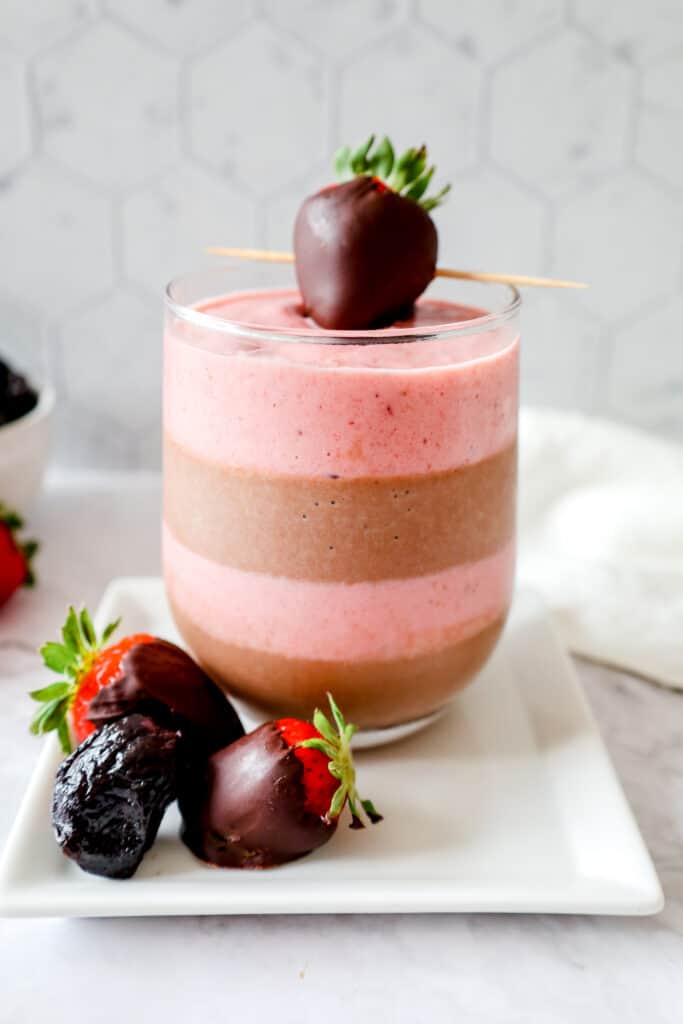
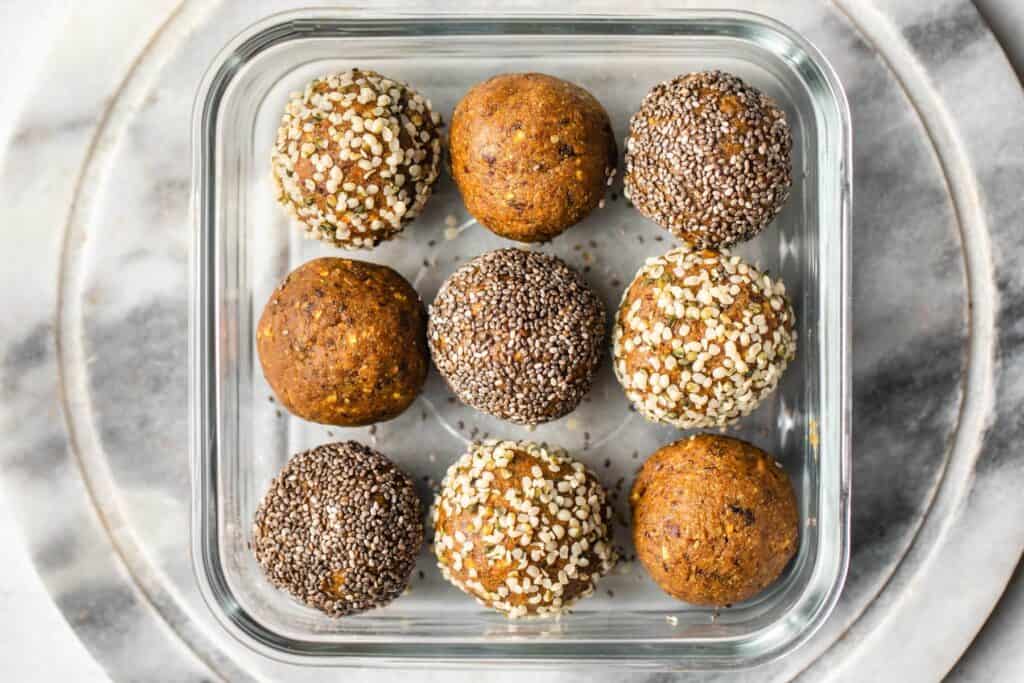
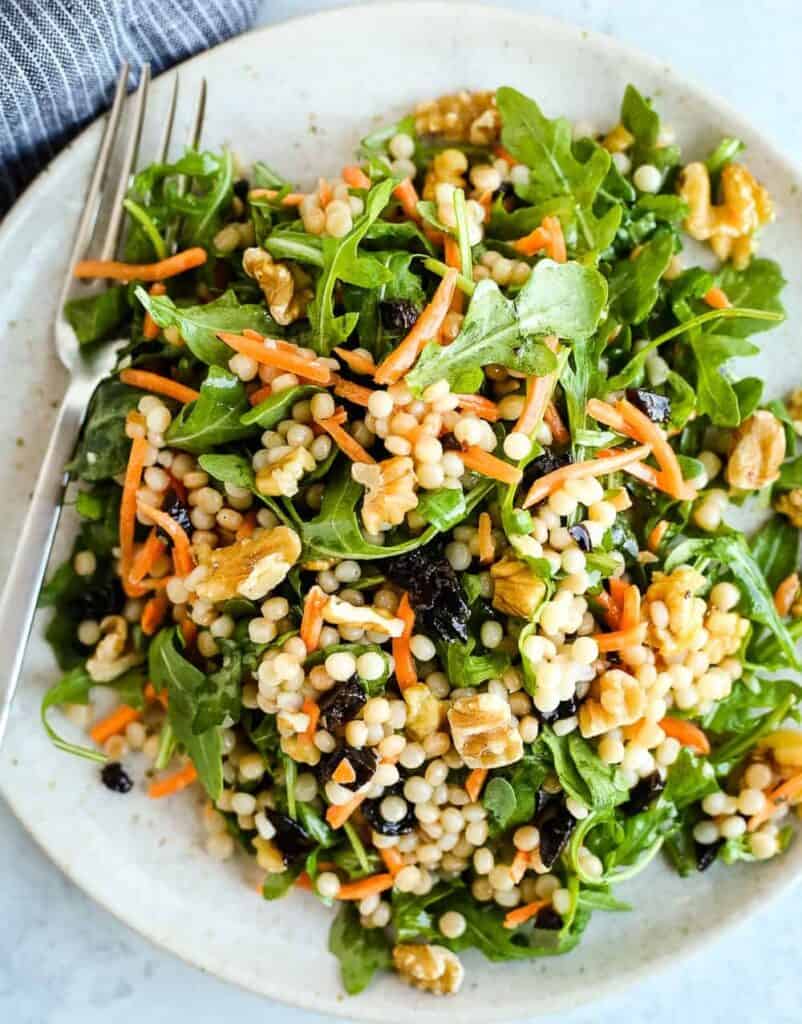
What is the best way to eat prunes?
There are many different ways to enjoy prunes — one serving of prunes counts as one serving of fruit! Prunes are great on their own or as an ingredient in both sweet and savory dishes.
Here are a few ideas:
1. As a Snack: Eating prunes as a standalone snack is simple and convenient. You can enjoy them straight out of the package for a sweet, chewy treat. They’re shelf stable and easy to keep on hand in the pantry.
2. Smoothies: Adding prunes to smoothies provides natural sweetness, fiber, and a hint of flavor. Blend with your favorite fruits, vegetables, and a liquid base like water, milk, or yogurt for a nutritious, satisfying drink.
3. Breakfast: Prunes are a delightful addition to your morning routine. Chop prunes and sprinkle over cereal, oatmeal, or yogurt. They add a burst of sweetness and texture to your breakfast.
4. Baked Goods: Prunes can enhance the flavor and moisture of baked goods. Dice prunes and add to muffin, pancake, or bread batter for a delicious twist. They’re a great in energy bars or homemade granola. Prune purée can replace added sugars, eggs, or fat in baked goods thanks to its sweet, rich flavor as well as pectin and sorbitol which together act as a binding agent.
5. Stewed or Poached: Stewing or poaching prunes creates a luscious compote to use as a topping for various dishes. Simmer prunes in water or juice with a touch of sweetener and spices until they soften. Enjoy the compote on its own, over yogurt, or as a topping for pancakes.
6. Salads: Chopped prunes can add a sweet contrast to savory salads. Their natural sweetness pairs well with ingredients like leafy greens, nuts, cheese, and vinaigrette.
7. Savory Dishes: Prunes are fabulous in savory dishes like stews and braises that feature a mix of sweet and savory flavors.
8. Energy Bites: Blend prunes with nuts, seeds, and other dried fruits to create homemade energy bites. They’re a nutritious and satisfying on-the-go snack.
Do prunes have any added sugar?
Prunes contain no added sugar. During the drying process, sucrose is hydrolyzed to glucose and fructose so prunes contain minimal sucrose. The glycemic index (GI) of prunes is 29, meaning they are in the low GI category, according to the American Diabetes Association. That means that eating a serving of prunes shouldn’t dramatically increase blood sugar levels.
Can a diabetic eat dried prunes?
Prunes don’t spike blood sugar levels because they are low on the glycemic index and are also a good source of fiber. Dried prunes are considered safe for people with diabetes as part of a balanced diet.
Is Potassium Sorbate safe in prunes?
Prunes are sometimes coated with potassium sorbate to preserve them and help retain moisture content. Potassium sorbate or sorbic acid is considered safe for consumption. Prunes without potassium sorbate are less sticky and more chewy. Check the label to see which type of prunes you’re buying.
How do you make Prune Purée?
Whether you are trying to reduce added sugars, cut fat, or simply add extra nutrition to your recipes, Prune Purée can enhance cakes, cookies, muffins, savory sauces, and more. It’s super easy to make, and stores for weeks in the refrigerator. To make it simply blend 16 ounces of dried prunes with ½ cup of hot water in a blender until smooth. Then it’s ready to use in all your favorite recipes!
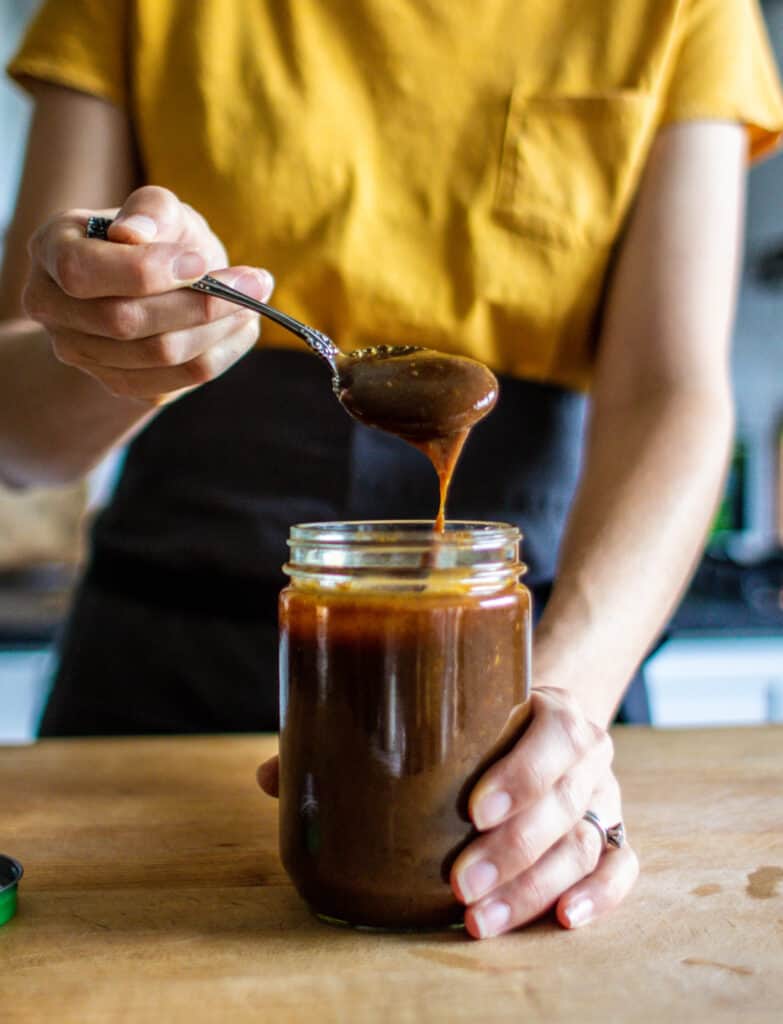
How can Prune Puree be used as a substitute in cooking and baking?
Prune purée is a multi-use baking substitute. Replace sugar, eggs, or fat in recipes — with results that will amaze you! Here are a few specific ways you can use prune purée in your baking:
- Swap for sugar: Use prune purée to replace anywhere from one-third to half of the sugar in a recipe.
- Swap out eggs: To replace 1 large egg, use ¼ cup prune purée. Keep in mind that this works best in recipes that call for no more than 3 large eggs.
- Reduce fat: To cut down on fat in a recipe, replace up to half of the butter or oil with an equal amount of prune purée.
Packed with essential nutrients, fiber, and antioxidants, prunes offer a range of health benefits from aiding digestion to promoting bone health. Their adaptability in various cuisines and culinary applications shows their broad appeal, whether used in sweet treats, savory feasts, or simply enjoyed as a delicious snack on their own.
Visit our recipe section for more ideas. You’ll be cooking with prunes in no time!